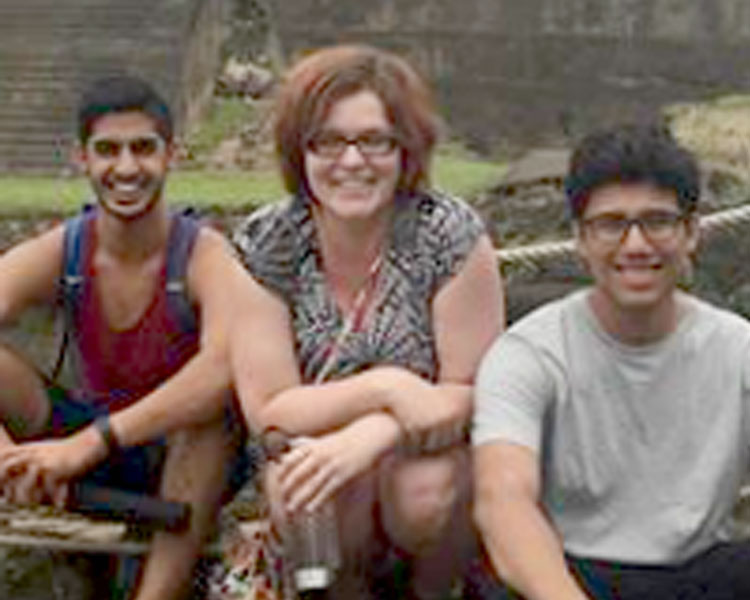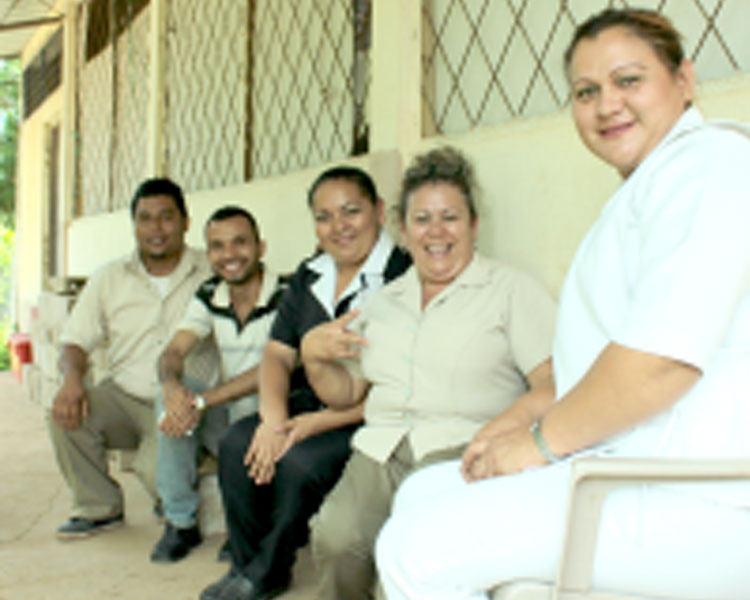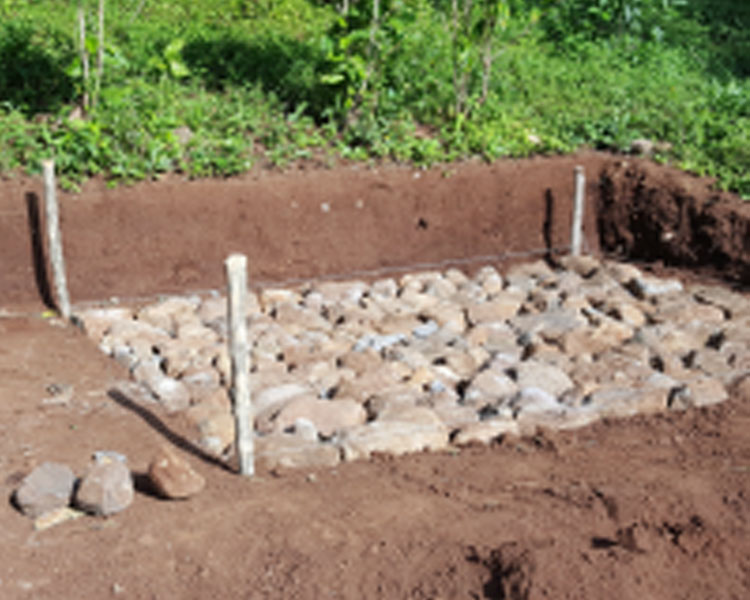
Samir Wadhwania '17 and I were both D-Lab: Development students in the fall of 2015 and traveled to El Salvador over the Independent Activities Period in January of 2016. We worked on a variety of projects through ASOPROSAR, a local NGO and longtime D-Lab community partner.
We returned to El Salvador in August to develop a water distribution project in the mountainous community of El Sauce. Our project originally called for a solar-powered water pump to push water from a local spring from one side of the community to the other. As is common in development, our project changed once we arrived in the country. We realized that gravity does a really good job of carrying water downhill and a pump was not necessary. We cheered what seemed to be a radical simplification of our project. Although we had already bought all the electronic components necessary for running a water pump on nuclear fusion (Google: How does the sun work?), we did not need to figure out how to protect the system from weather and thieves, and we did not need to develop a maintenance plan once the system was installed. The solar panel, battery, and associated accessories could be stored at ASAPROSAR.
By our second week in El Salvador, we believed our project to be all figured out. All we needed to do was install a roof on the spring-fed reservoir from which we were drawing water, build a cistern on the other side of the community to store the water we were drawing, and lay down the PVC pipes needed to carry the water. We hoped our project would be able to quickly improve the lives of the women and children who walked up and down hilly paths several times a day to collect water. By reducing the physical stress and the sheer time needed to carry water, we hoped the women and children of El Sauce would have more time and energy for education or work outside of the home.
However, development, much like everything in life, is complicated. A project about water distribution is also a project about resource management, and a project about resource management is also a project about politics. We discovered that the formal community of El Sauce is actually comprised of two distinct informal communities: El Sauce and Guayabo. (For the remainder of this post, “El Sauce” will refer to the informal sub-community.)
The spring and reservoir is located in El Sauce and the cistern we built is located in Guayabo. The people of El Sauce are able to draw water directly from the spring through a well separate from the reservoir we improved. The people of Guayabo drew water from either the El Sauce spring or from a spring down hill. The path to this Guayabo-side spring is hard to navigate and is dangerously isolated. The men of Guayabo wanted to seal the reservoir in order to protect the water from contamination. However, the women of El Sauce used water from the reservoir to clean their clothes and bathe. They wanted guarantees that they would still be able to access water from the reservoir (especially in the dry months).
Tensions grew as we tried to negotiate a shared-use alternative for the reservoir improvement. These negotiations also challenged our conceptions of “ownership” and “fairness.” Legally, the water does not belong to either community. The water and all of the land in and around the communities are part of a coffee plantation owned by Spaniards. Although our project seemed to have the blessing of the plantation supervisor, the specter of “true ownership” still cast a wide shadow over our work during the month we were there.
After multiple discussions and a community meeting, we reached a compromise between the people of Guayabo and El Sauce. We designed a new well adjacent to the reservoir with a direct connection to the reservoir water. The men of Guayabo would be able to seal the reservoir, while the women would still be able to access water to clean their clothes.
When we left El Salvador, the project was still incomplete. The pipe still needed to be laid and the roof for the reservoir still needed to be constructed. We left behind all the materials needed to complete the project as well as instructions on how to do so. We plan on following up with the community through ASAPROSAR and we will return to El Sauce in January 2017. It is our hope that the compromise held and water is being shared. We plan to continue working with the communities of El Sauce and Guyabo and co-develop future projects together.
Samir’s travel and expenses were generously supported by a D-Lab Fieldwork Grant, funded by the MIT Underclassmen Giving Campaign.






